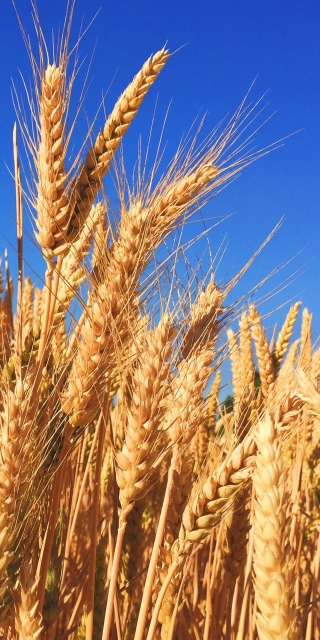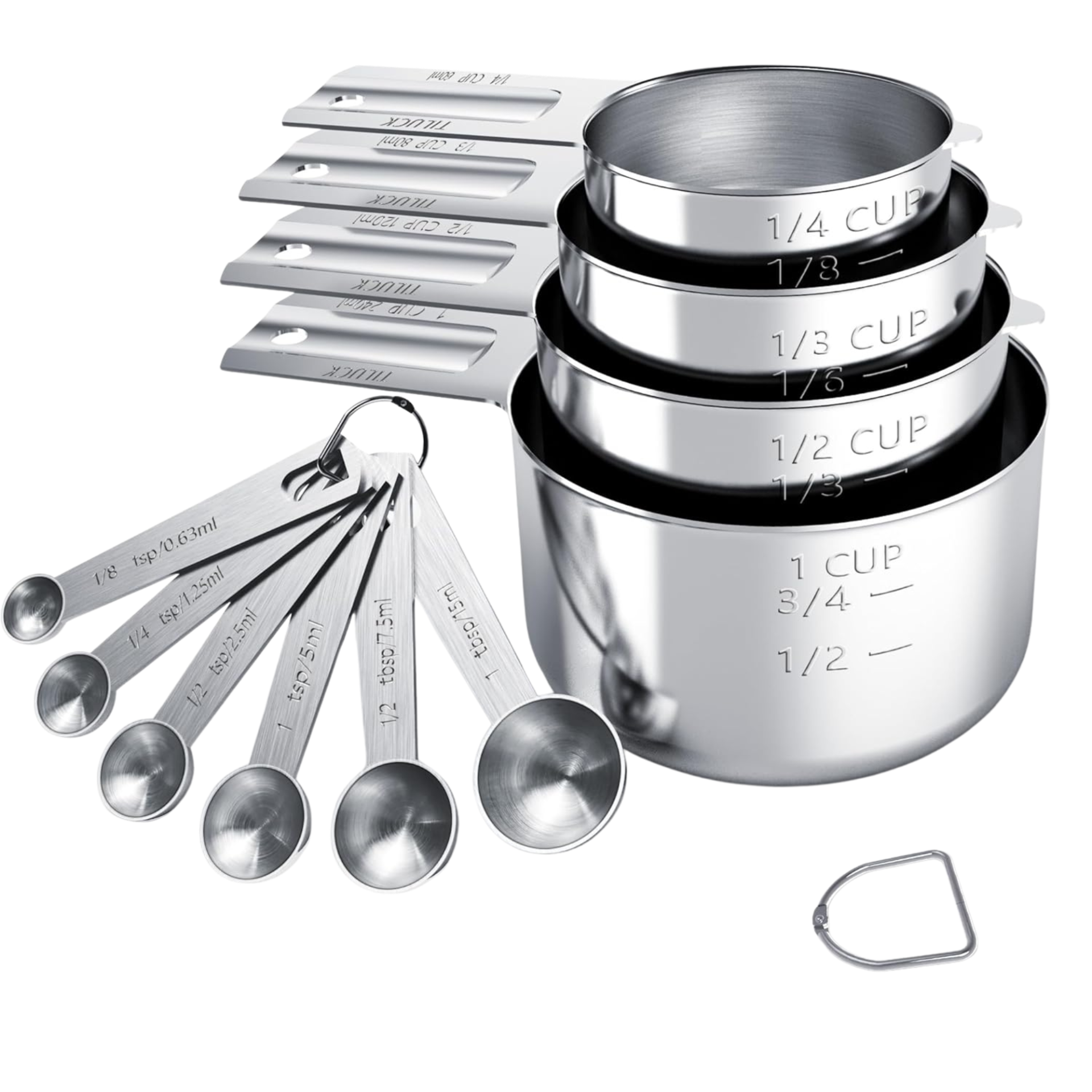Chef-420's 7 Tips for Gluten-Free Cooking

I've been getting more requests for wheat-free and gluten-free treats, so I rolled up my sleeves and went into full Chef-420 R&D mode.
Translation: The kitchen has been a test lab lately, and yes… some experiments were very tasty.

There are millions of people worldwide who avoid wheat for allergies or special diets — including folks with celiac disease, an autoimmune condition where gluten can mess with nutrient absorption. Wheat issues also pop up with other diet needs, and in my own family too — my sister developed a wheat allergy, so this one's personal.
Bottom line: you can absolutely live deliciously without wheat. You just need a few good tips, the right flour swaps, and a little practice. Everything I post in this category will be tried, tested, and ready for real humans to make at home (meaning: not requiring a science degree or a magical oven).
✅ 7 Tips to Level Up Your Gluten-Free Game
1. Start with gluten-free recipes first.
If you're new, grab a cookbook or recipe set made specifically for gluten-free baking. It helps you build confidence fast. Once you know how the flour behaves, then you can convert your own recipes like a pro.
2. Use the right flour swaps (sometimes more than one).
Wheat flour usually needs to be replaced with another flour — and often a blend works best because each flour has its own texture and personality. Common gluten-free flours include:
-
rice flour
-
oat flour
-
sorghum flour
-
bean flour
-
soy flour
-
potato starch
-
tapioca starch
3. Measure gluten-free flour the right way.
Spoon flour into measuring cups, then level it with a knife.
Don't pour straight from the bag, don't pack it down, and don't make mountain-heaps unless the recipe says so. Gluten-free baking is picky like that.
4. Add a binder when needed (xanthan or guar gum).
Gluten is what makes dough stretchy and gives baked goods structure. Without it, things crumble like sad cookie sand.
That's where xanthan gum or guar gum comes in — they act like glue for your batter.
5. Boost flavor slightly.
Wheat has a subtle flavor you don't notice until it's gone. You may want just a touch more spice, vanilla, cocoa, herbs, etc. to keep everything tasting bold.
6. Use smaller pans + prep them well.
Smaller pans bake more evenly. Grease well.
Cookies? Use parchment or wax paper so they don't stick like they're trying to stay forever.
Bundt pans also distribute heat nicely for gluten-free cakes.
7. Mix thoroughly (but don't over-beat).
Gluten-free flour blends need to be evenly mixed so you don't get flour pockets. Electric mixers help a lot here. Smooth batter = smooth results.
What is Xanthan Gum (and how to use it)?
Xanthan gum is made by fermenting sugar with a microbe called Xanthomonas campestris. Sounds weird, but it's totally safe and widely used in food. It works kind of like gelatin — giving structure and thickness — and it's vegan.
Use carefully: too much can make baked goods heavy or gummy.
Quick Xanthan/Guar Gum Guide
-
Bread & pizza dough:
1 tsp xanthan/guar gum per 1 cup gluten-free flour -
Cakes, muffins, quick breads:
½ tsp per 1 cup gluten-free flour -
Cookies & bars:
¼–½ tsp per 1 cup gluten-free flour (start low)
Always follow the recipe first,
then tweak it later.


